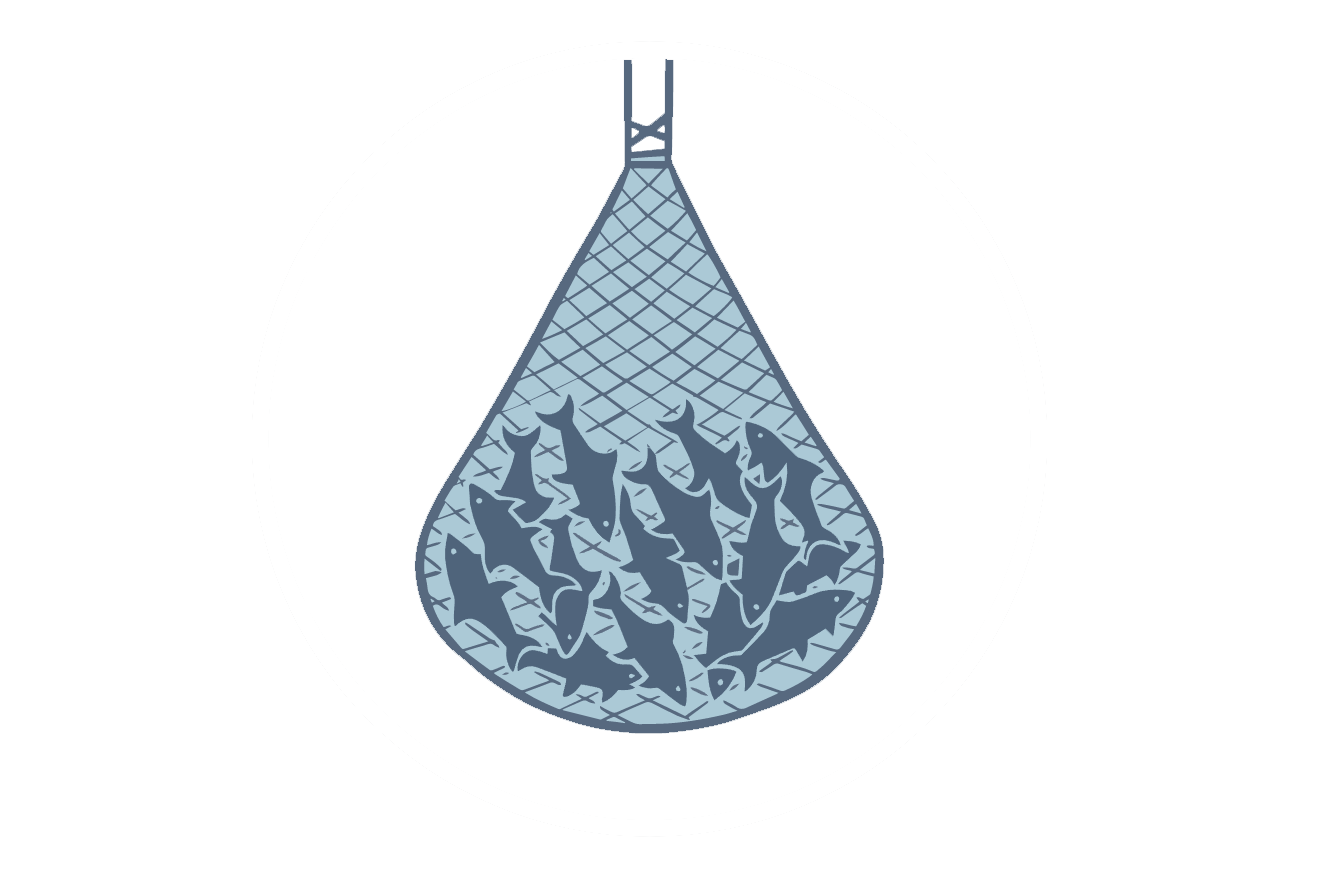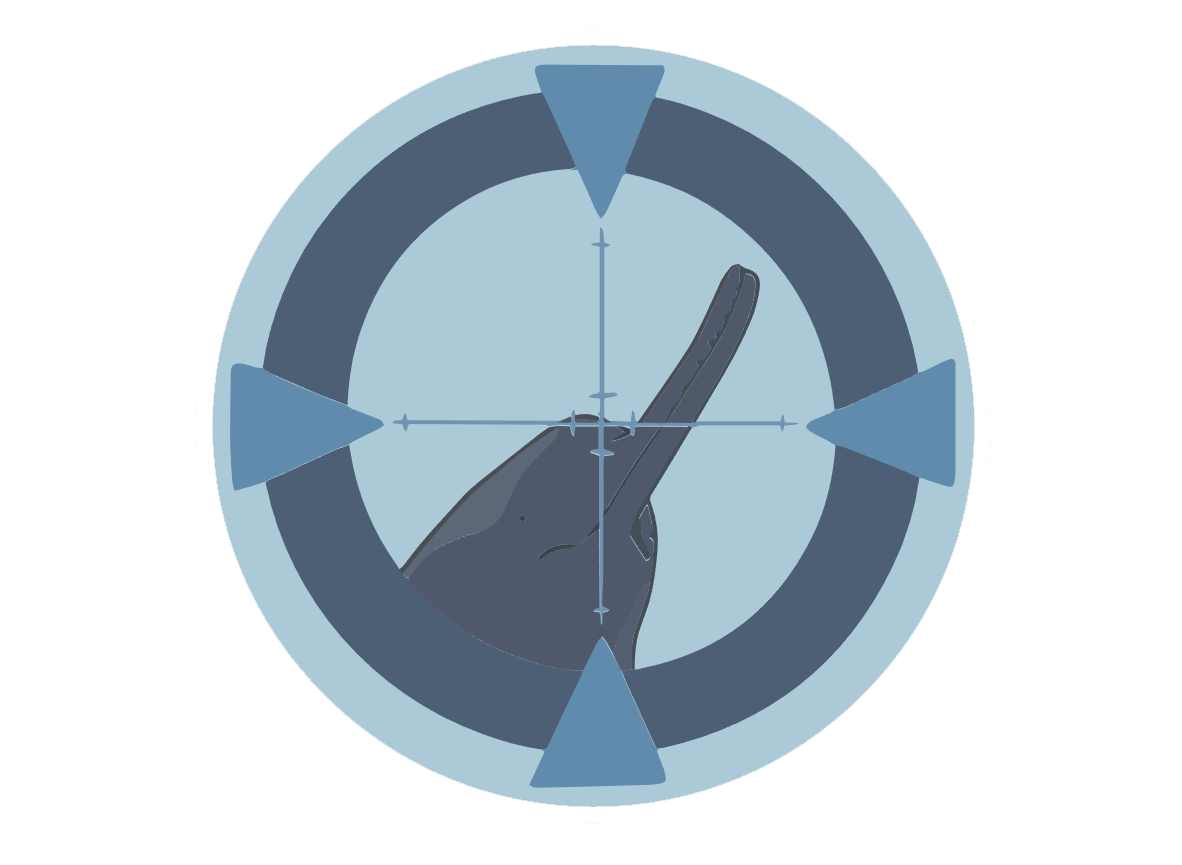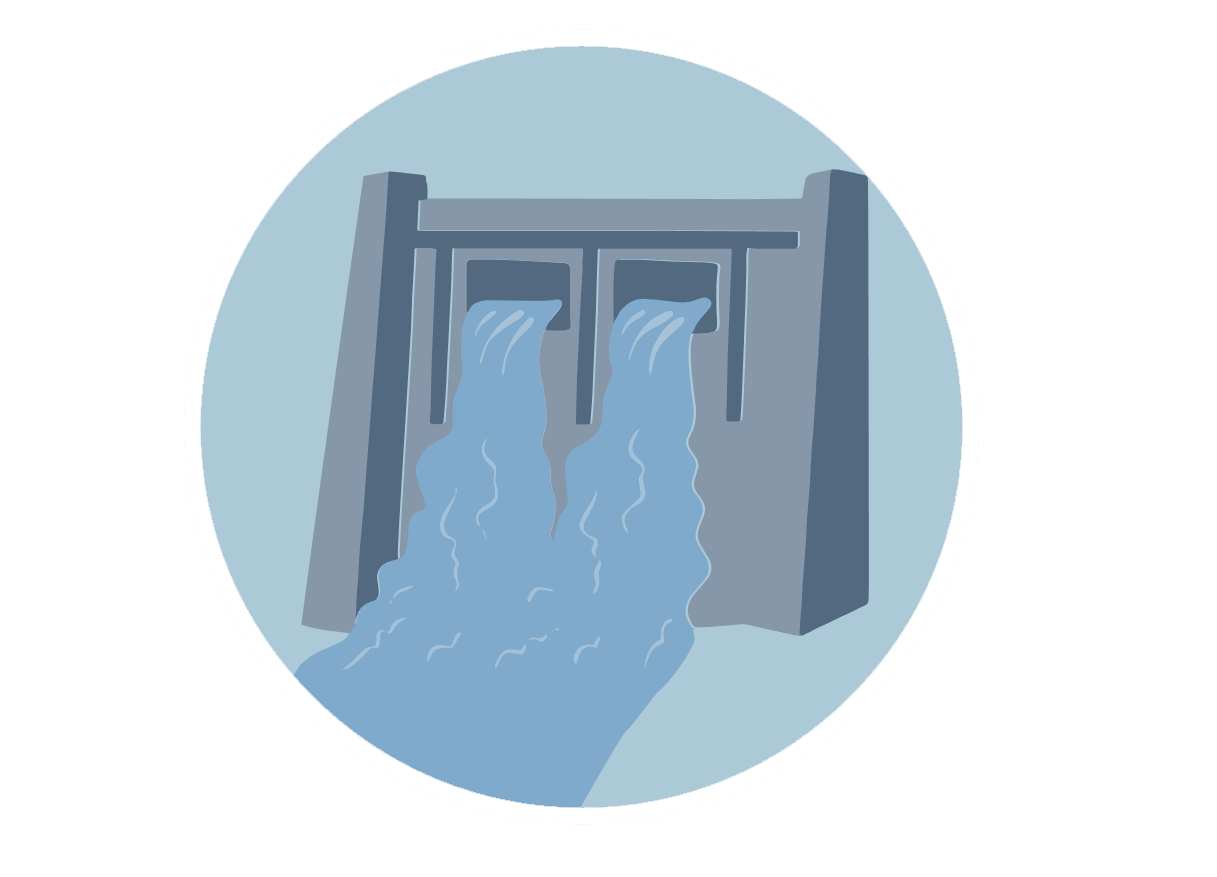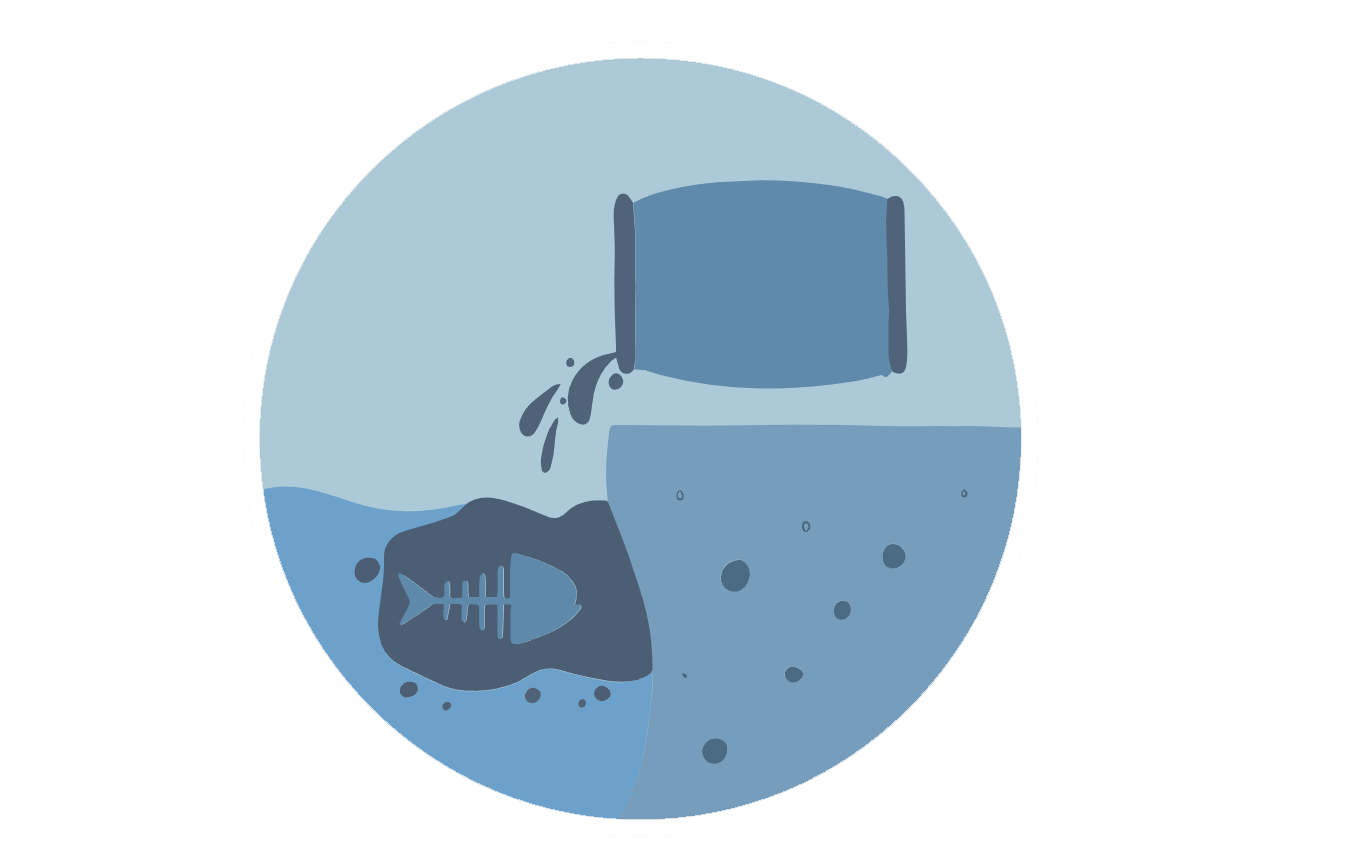Threats and concerns for conservation
Exploitative Fishery
Unsustainable fishery has wiped out multiple species from the riverine habitats. These include the Mahseer that once inhabited the Barak river of Assam. Today these practices are continuing to threaten many species. Eutropiichthys vacha is an endangered species which is in high demand that they poach dolphins to bait these with the dolphin oil.

Direct Hunting
Local consumption of meat is predominant in many parts of these river systems and span across multiple species. While Gharial was reported to have become locally extinct due to direct hunting, poaching still is rampant today with reports of turtles, dolphins, poisoning birds including the recent venture into killing Ruddy Shelducks.

Navigation Vessels
Navigation vessels particularly threatens the Ganges river dolphins. Though rare instances of vehicle collisions are reported from boat propellers they are not uncommon. Dolphins rely on reception of their sonar clicks to navigate, forage and communicate. The noise created by these vessels which overlaps with the spectrum of these dolphins, disturb acoustic environment affecting day to day activities of these acoustically dependent species.

Dams and Barrages
Cordoning off rivers to deviate water to other parts of the state or to create reservoirs has had irreversible repercussions by isolating populations of different species and much more. While much of the Brahmaputra mainstem is free of this, the Ganga river has 20+ dams and barrages. One of the oldest barrages, the Farakka barrage, has been reported to increase silt deposition before the barrage causing a reduction in land area of the Sunderbans – causing damages to an entire ecosystem.

Human Activities
Water extraction for irrigation use, disposable of sewage wastes, mechanized sand mining for extraction of river sand are just some of the things that affect the river ecosystem. Introduction of non-native species from commercial fisheries, that potentially invade the natural river systems are still in practice.


